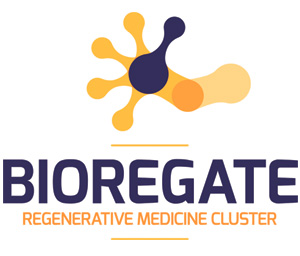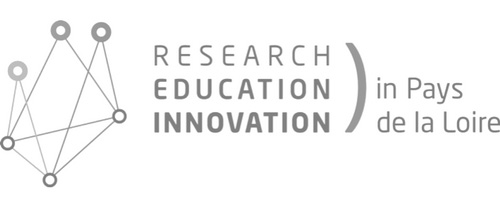Project abstract
Current positioning
During acute myocardial infarct (AMI), a multidisciplinary approach is often needed. Our team has evaluated the therapeutic potential of bioengineered nanoscaled extracellular vesicles (EVs) released from plasma membrane. In vitro and in vivo experiments performed in mice showed that T cell-derived EVs bearing Sonic Hedgehog (EVShh+) possess beneficial properties that counteract vascular dysfunction linked to hypertension and failed angiogenesis.
Besides, EVShh+ induce cardioprotection after AMI in rats. Validation in a big animal model shows that EVShh+ reduce 39% infarct size after ischemia-reperfusion injury. These interesting data pave the way for the development of EVShh+ as potential therapeutic tools. In spite of the beneficial effects of EVShh+ in AMI, retention and functionality of EVs into the ischemic myocardium still need to be improved.
Objectives
The aims of this project are to optimize the delivery and the effects of EVShh+, and to reduce their side effects, for transfer to the clinic. For this, poly(D,L-lactic-co-glycolic acid)-based microcarriers (PAM) coated with extracellular matrix may serve as a support for EVShh+ and may be used as carriers presenting a controlled delivery of active proteins. This innovative device will be incorporated in biogels to develop a novel tissue recovering strategy by intramyocardial injection.
Expected results
We hypothesize that the incorporation of PAM-associated EVShh+ into biogels may improve delivery and efficacy of the EVShh+, in terms of regenerative medicine, when compared to EVShh+ or PAM-associated EVShh+, separately. Newly generated devices will be validated in term of efficacy on in vitro and in vivo cardiac models. The expected results will allow the production of new devices for delivery of reparative EVShh+ on AMI for a clinic use with a maximal safety.
Methodology
EVShh+ will be generated by cell culture from a human T cell line and isolated from supernatant by a serial centrifugation steps. PAMs will be formed with PLGA and coated with extracellular matrix molecules that provide a 3-dimensional biomimetic support for EVShh+. After a period of co-incubation, attachment of EVShh+ to PAMs will be evaluated.
Finally, PAM-associated EVShh+ will be encapsulated into injectable chitosan-based biocompatible biogels. All devices will be analyzed in terms of efficacy to improve endothelial and cardiac function.

